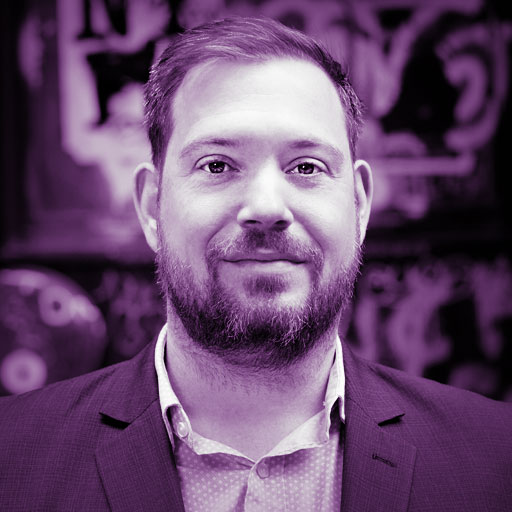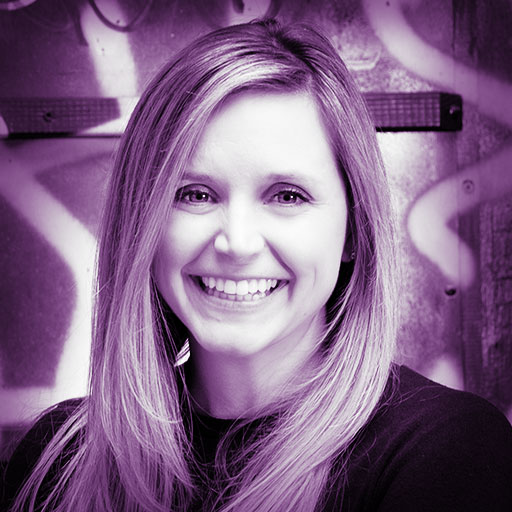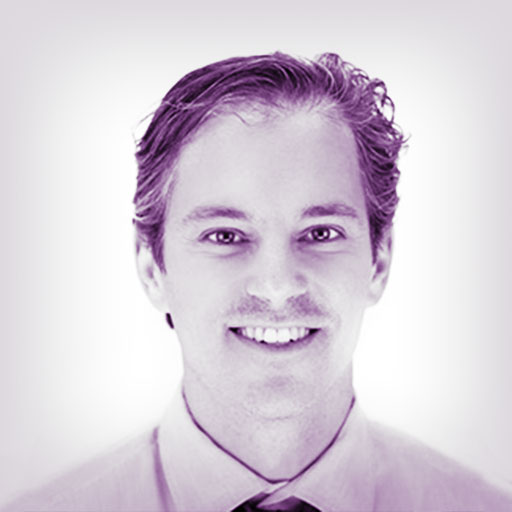Episode 96: Endometriosis and Fertility: 7 Years of Heartbreak, and a New Approach
Support is going to be a prevalent theme in today’s episode. Why? Because it’s the support of our family, friends, employers, and physicians that help us get through tough times, especially when it comes to infertility.
Amanda Lesesne is a veteran guest here on This Is Infertility. This will be her third time joining us, and (spoiler!) today, she comes with good news! However, it wasn’t an easy journey getting here. She struggled with endometriosis, went through six rounds of failed IVF cycles, an ectopic pregnancy, and then just when she thought she found her solution through a gestational carrier, they backed out. Despite these setbacks, Amanda kept moving forward. She decided to reevaluate her current setup and look for a more supportive clinic that would be confident in her family building goals. Luckily, she found Dr. Klatsky and his team at Spring Fertility, who would get to the bottom of her infertility.
So, as you listen to this episode, think about your current support system. Maybe you’re going through fertility treatments or are getting weighed down by the disproportionate costs of infertility. It could be a sign to look for another clinic, another employer to advocate for your family building goals, or your budget. Amanda’s story shows us that even the most seemingly impossible situations can be turned around by a fresh perspective and the proper support. Be sure to check out Amanda’s previous episodes in the notes below.
Guest: Amanda Lesesne, Progyny
Expert: Dr. Peter Klatsky, Spring Fertility
Host: Dan Bulger
If you want to hear Amanda’s full story, start by listening to Episode 31 part 1 and part 2.
For more information, visit Progyny’s Podcast page and Progyny’s Education page for more resources.
Be sure to follow us on Instagram, @ThisisInfertilityPodcast and use the #ThisisInfertility.
Have a question, comment, or want to share your story? Email us at thisisinfertility@progyny.com.
Here are some highlights from this episode:
Finding the Right Clinic
6:21-8:08
Dan Bulger: Once again, Amanda was starting over from the beginning. She knew she wasn’t done trying and she also knew that if she were to carry on with another round of IVF, she needed to find a clinic and a doctor that she could have confidence in. And not to be understated, she also wanted to find a doctor who would have confidence in her.
Amanda Lesesne: I didn’t think I was going to build our family there, so I had to make the decision not only to continue to pursue treatment, but what was I going to do next, like where was I going to find the perfect provider for me.
Dan Bulger: Finding the right doctor and clinic for you is paramount. First, you need to make sure the doctor and clinic are modern and well, let’s just say legitimate. And a great way to do this is to see if their members are in good standing with SART, the Society for Assisted Reproductive Technology. But after you locate clinics that are practicing the latest medicine, then you need to find a fit, a fit with the doctor and a fit with the care team. And a fit is about personality. But it’s also about specialty. And of course, there are a lot of other things to consider. But finding the legitimate clinic and then finding the one that feels right is a whole lot better than just going to the one with the biggest parking lot. And Amanda who is no stranger to different fertility clinics by this point found herself looking for a clinic once again. Only this time, she knew she needed a better fit. She needed someone who specialized in cases just like hers.
One Normal Embryo
20:37– 21:47
Dr. Peter Klatsky: As we anticipated, her body just did not make a lot of mature eggs. And in the first retrieval, she got one mature egg. But that egg was good quality and made it to a blastocyst. And in her second retrieval, she also got a mature egg, and made it to a blastocyst. And after we tested it, it was normal.
Dan Bulger: Normal. That word is one of the most beautiful words when talking about embryos.
Dr. Peter Klatsky: And I told her at that point, she probably had a 65% chance of a live birth.
Dan Bulger: It only takes one embryo to make a baby. And before you stop the episode, and delete the podcast because I said that, just know that I’m aware that it actually takes many embryos. It takes many embryos, usually to find a normal embryo. But once you find that normal embryo, your chances are significantly improved. And the fact that they just retrieved two eggs, and both made it to blastocyst completely convinced Dr. Klatsky that Amanda did not require an egg donor. And Amanda and Troy had new hope but they had to remain measured.
Infertility and Coverage
16:02-17:23
Amanda Lesesne: One thing that I’m very well aware of is as I navigated the first four cycles of IVF, that I did, I did that all as a cash paying customer. So I’m well aware of the choices that had to be made when you don’t have coverage, because I have made all of those choices when I didn’t have coverage. It’s amazing to think that as I was navigating the decision on what to do next, I didn’t have to think about that element, right? I just got to think, what do I want out of my life? And the way that I was able to accomplish that is because I had access to care. I definitely did not have that previously, nor would I probably be here today without this coverage. I don’t think I would have been able to do it.

Host
Dan has been in the healthcare industry for the last six years as a multimedia content producer. Better known as ‘Video Dan’ he as interviewed numerous doctors, patients and other experts in the world of fertility. He’s also the producer for this podcast, This is Infertility. On a personal note Dan’s parents started fostering kids when he was four years old, and he considers himself a proud older brother to over 100 foster children.

Guest
Amanda is a passionate infertility patient and advocate who is able to bridge her personal interest and professional experience to help people build the family of their dreams. At Progyny, as a VP of Sales, Amanda educates employers and consultants across the Southwest about the value of fertility benefits. Prior to Progyny, Amanda spent the last 12 years in software sales and the digital health space. Formerly with Doctor On Demand and Castlight Health where she was responsible for driving growth and building relationships with employers, health plans, and consultants.
Amanda is a proud graduate of College of Charleston where she played Division I soccer and was a graduate of the School of Business. Amanda lives in Albuquerque, New Mexico with her husband, Troy, and miracle daughter, Drew.

Guest
Dr. Klatsky graduated with honors from the Mount Sinai School of Medicine in New York City, completed his residency in Obstetrics & Gynecology at UCSF, and his fellowship in Reproductive Endocrinology at Brown University.
He received a Masters in Public Health from Columbia University and was selected by his peers as a Rising Star among New York Physicians in 2014 and 2015, while on the faculty at the Albert Einstein College of Medicine. Dr. Klatsky is board certified in both Obstetrics & Gynecology and Reproductive Endocrinology & Infertility.
An innovator who is deeply passionate about improving public access to the best possible obstetric and fertility care, Dr. Klatsky worked as a human rights activist in Asia and Africa prior to medical school. Among his many achievements is the founding of Mama Rescue, a cloud-based, mobile dispatch and transportation platform that helps women in rural Uganda access skilled and emergency obstetric care. Dr. Klatsky is proud to have founded Spring Fertility with Dr. Tran, to deliver the best possible outcomes and a new standard of care not seen anywhere.
Music From This Episode:
Artist: Philipp Weigl
Track: Western Shores
URL: https://freemusicarchive.org/
Track: Subdivision of the Masses
URL: https://freemusicarchive.org/
Artist: Lee Rosevere
Track: I Bet You Wonder Why
URL: https://freemusicarchive.org/
Track: Betrayal
URL: https://freemusicarchive.org/
Artist: Billy Christopher Oxley
Track: Heavenly Motion
URL: https://freemusicarchive.org/
Artist: Jahzzar
Track: Sleepin
URL: https://freemusicarchive.org/
Track: Talk to me
URL: https://freemusicarchive.org/
Artist: Kai Engel
Track: Holiday Gift
URL: https://freemusicarchive.org/



